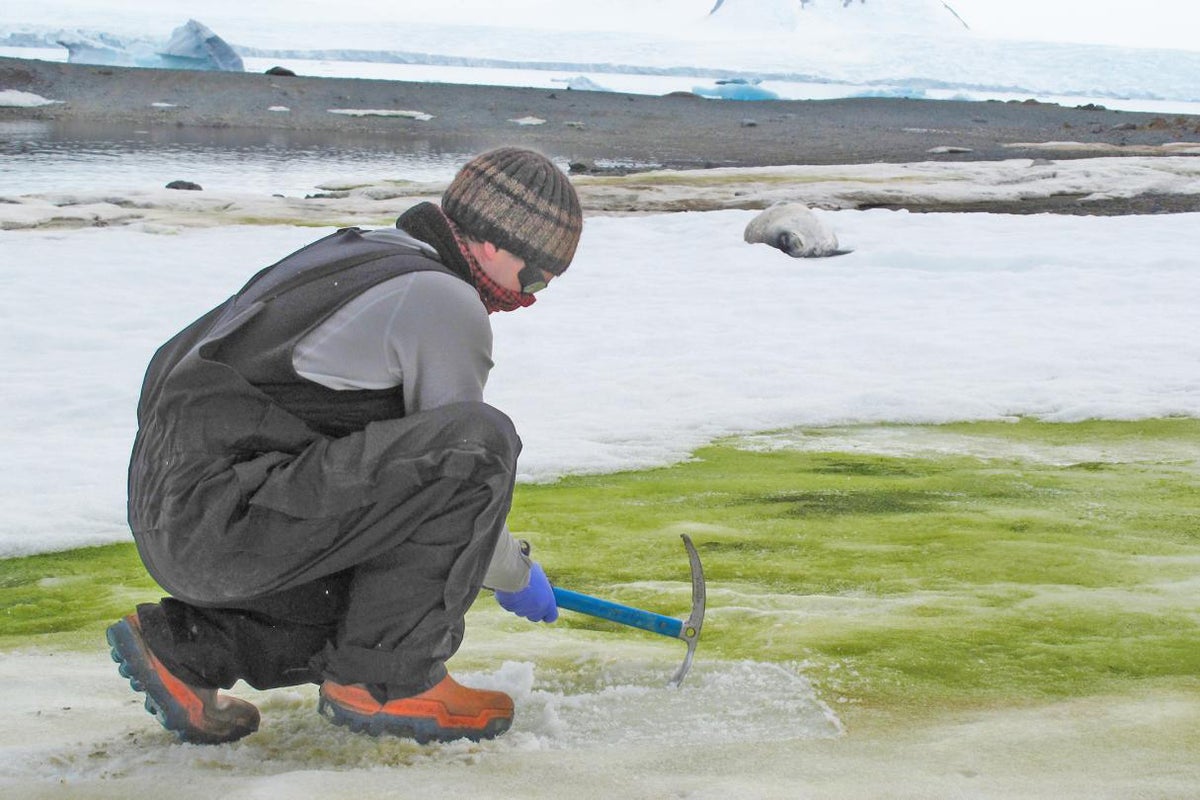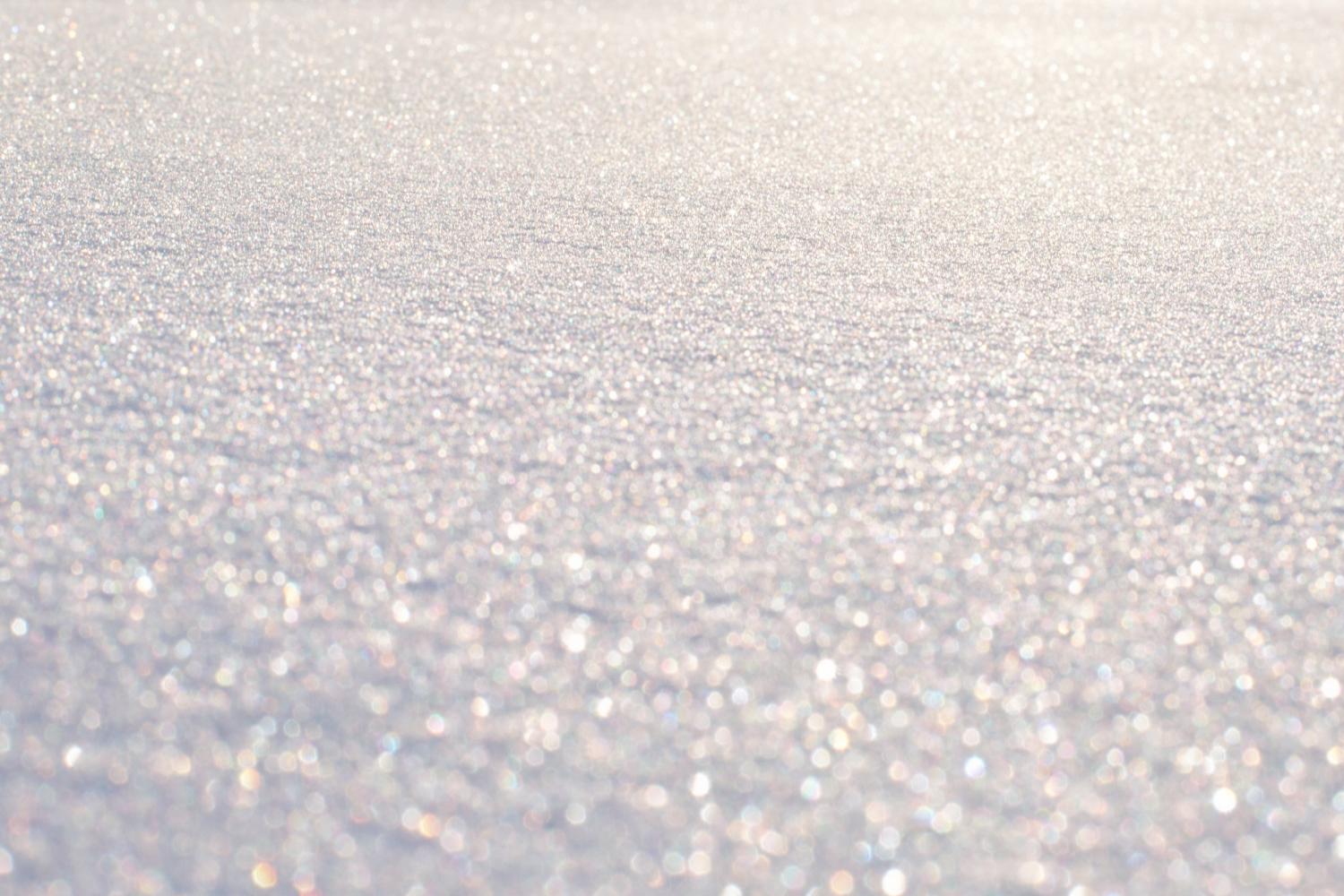Disir
Platinum Member
- Sep 30, 2011
- 28,003
- 9,607
- 910
The snow in Antarctica is turning green and scientists say climate change may be to blame.
According to a study published in the peer-reviewed Nature Communications, microscopic algae blooms across the surface of the snow is slowly turning Antarctica’s wintry, white landscape green. Although microscopic, scientists say they're able to see the "green snow" from space when the algae blooms en masse.

That's kind of wild.
According to a study published in the peer-reviewed Nature Communications, microscopic algae blooms across the surface of the snow is slowly turning Antarctica’s wintry, white landscape green. Although microscopic, scientists say they're able to see the "green snow" from space when the algae blooms en masse.

Climate change is turning the snow in Antarctica bright green. Scientists are able to see it from space.
Researchers from the University of Cambridge and the British Antarctic Survey created a map of green snow algae along the Antarctic Peninsula coast.
www.usatoday.com
That's kind of wild.


